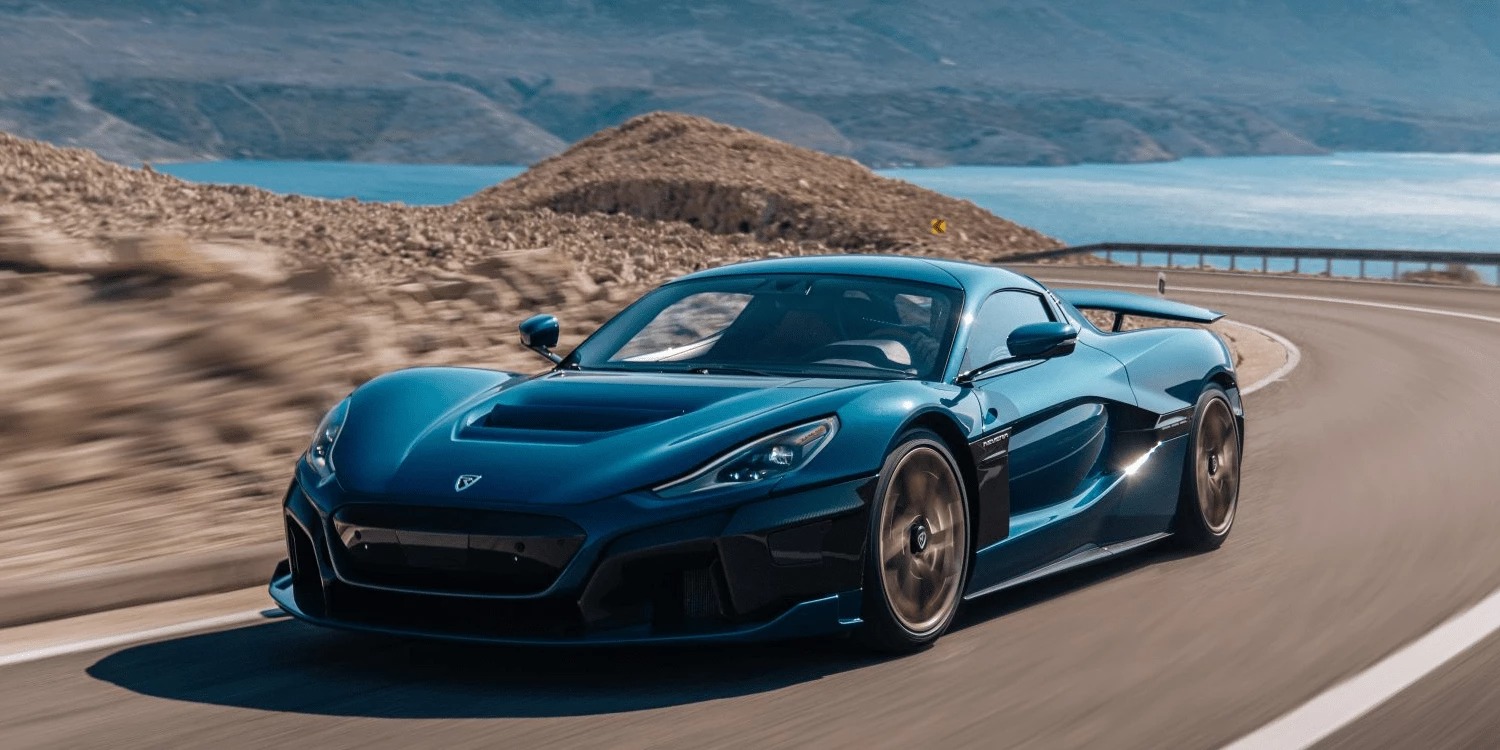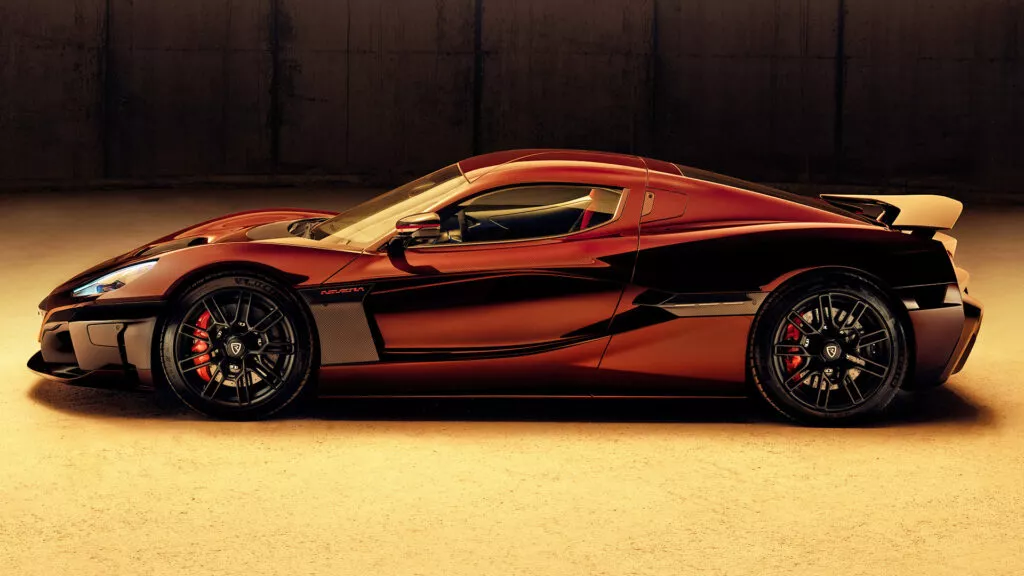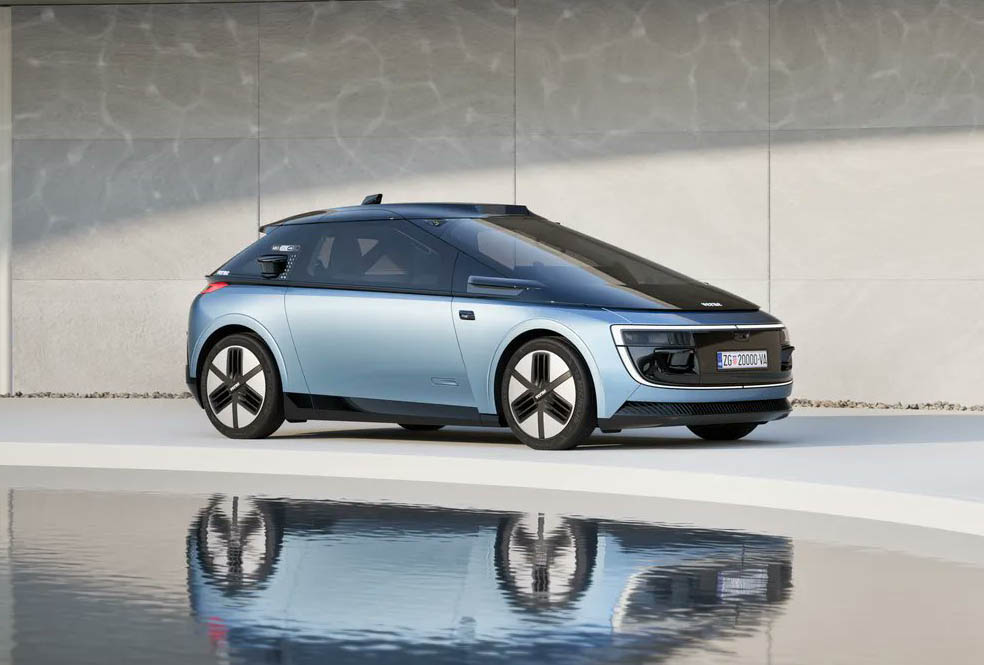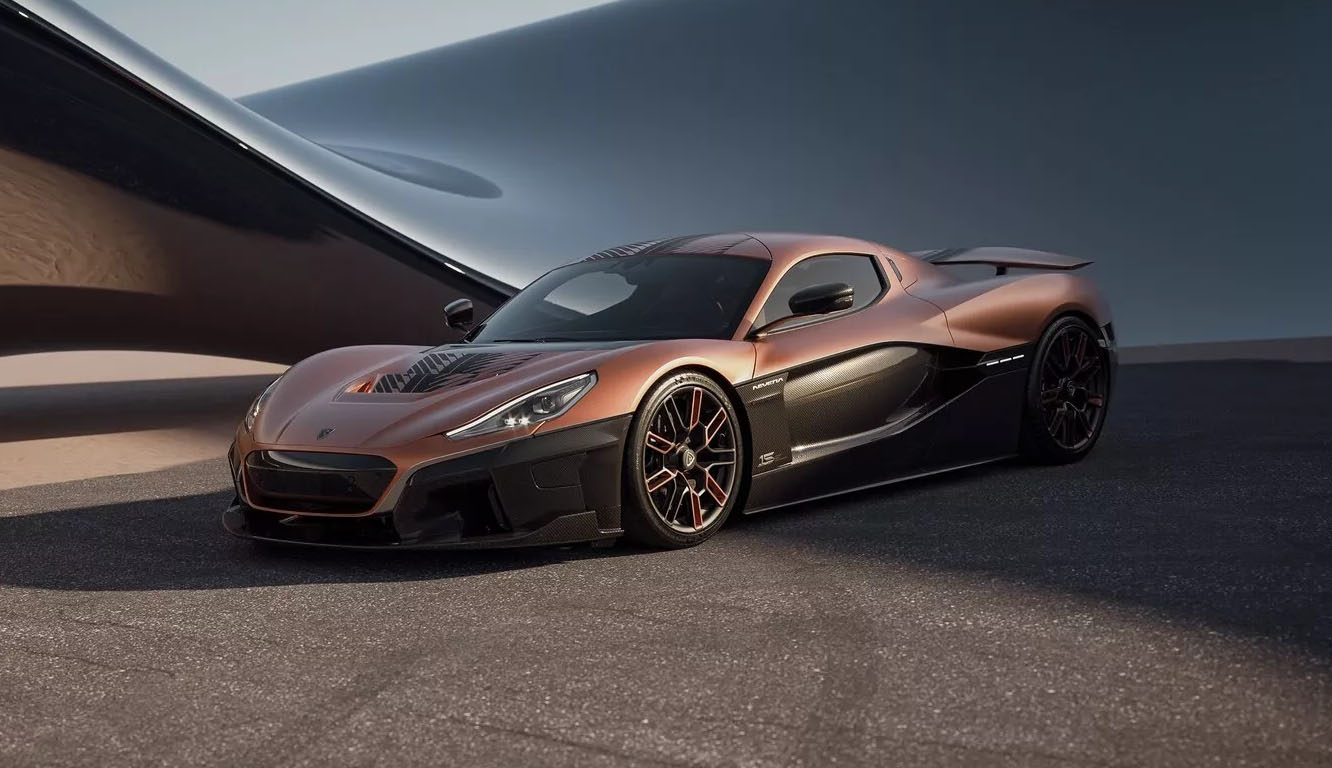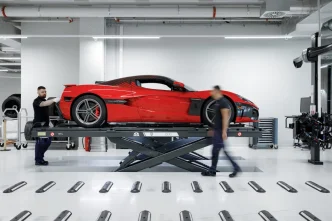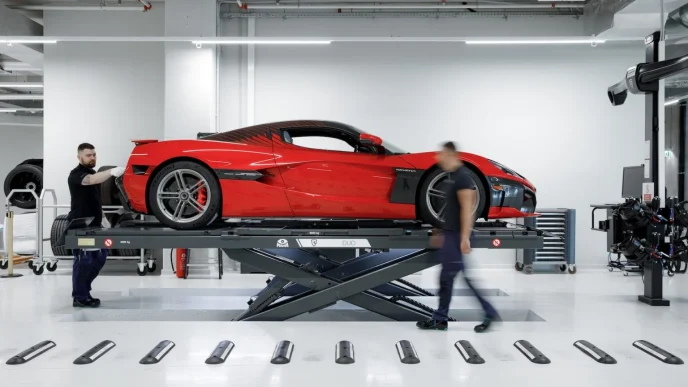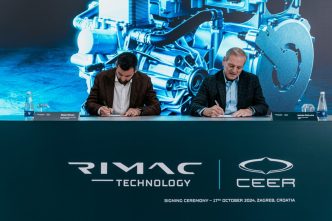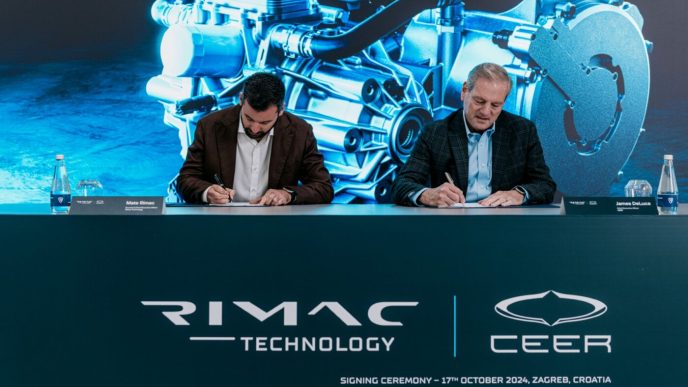Rimac’s CEO, Mate Rimac, revealed at the Financial Times Future of the Car conference in London that sales of the company’s $2 million Nevera hypercar have fallen short of expectations. Launched three years ago with plans to sell 150 of these 1,888 hp (1,914 PS / 1408 kW) quad-motor hypercars, only 50 have been sold to date.
Rimac attributed part of the lackluster sales to the evolving landscape of the automotive industry. He noted that as electric vehicles (EVs) become more mainstream, there is a growing desire among consumers at the high end of the market to differentiate themselves. This trend, he likened to the preference for expensive analog watches over digital smartwatches among high-net-worth individuals, despite the latter’s superior functionality.
“We started developing Nevera in 2016/2017, when electric was cool,” Rimac stated. “But now, as electrification is becoming mainstream, people at the top end of the sector want to differentiate themselves.”
Interestingly, Rimac partially blames the softening demand for mainstream electric cars and governmental push for clean vehicles for the Nevera’s struggles. This view contrasts with the expectation that Rimac, a key player in the EV industry, would advocate for widespread adoption of electric power.
Rimac’s observations suggest a broader trend where supposedly outdated technologies are experiencing a resurgence. Just as vinyl records and mechanical wristwatches have found renewed appeal, there seems to be a continued appreciation for the visceral experience provided by ICE-powered hypercars.
Looking ahead, Rimac remains optimistic about the future of the company. Despite the challenges faced by the Nevera, rumors suggest that Rimac will unveil its 2026 robotaxi vehicle soon. Additionally, a recent deal with BMW to supply battery packs for their next-generation EVs indicates a promising direction for Rimac in the rapidly evolving automotive landscape.

